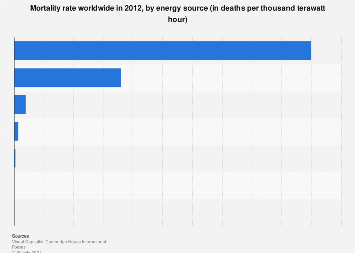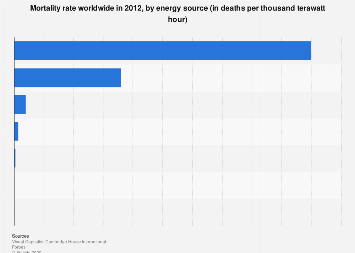
Both developed and emerging countries have been urged to reduce carbon dioxide emissions as part of the global climate crisis. Many research predicts the world in carbon control measures, one of which is renewable power research and development. With fuel prices on the rise and expected to grow by 40% to 60% in the next twenty years, it’s more important than ever for companies to work harder when it comes to securing an electricity deal. Reliant Energy Rates are multi-purpose and are cost-efficient here are four major forms of renewable sources of energy that would fuel the world for the not future.

Hydroelectric Power: Hydropower is a very environmentally friendly energy source because it produces very few fossil fuels or greenhouse gases. While the first plant was constructed in 1878, hydropower has a long tradition of use. Several hydropower plants were constructed in the first half of the twentieth century, especially in the United States, which saw some massive advances in this type of electricity. The fact that hydroelectric power does not use fossil fuels is a plus. These dams do not explicitly produce CO2. According to a study, hydroelectricity emits the least amount of carbon dioxide of any source when development, building, and operation are taken into account. Hydroelectric technology has both advantages and disadvantages. However, it remains one of the world’s most important sources of electricity and can be used for both domestic and commercial purposes.
Biomass: Biomass energy is heat released as a result of the decomposition of organic carbon materials such as plants. There are four major categories of biomass used as sources of fuel: they are wood and agriculture materials, solid waste and sewage, landfill gas, and alcohol fuels. Each of these forms of biomass is being used to generate heat. Methane and other bio-gases have a high combustion rate. In reality, methane is so flammable that recent laws mandate that landfills capture methane gas for worker protection. Through purifying the methane and then using it as an energy source, several landfills are making effective use of this collecting method.
Geothermal Energy: Geothermal energy is one of the most cost-effective and dependable renewable energy sources. It consumes up to 2,800 megawatts of electricity per year accounting for about 2% of the country’s overall energy consumption. Geothermal energy is derived from naturally occurring steam under the crust of the Earth. Steam is collected to fuel a compressor, which then powers a generator. Although the temperature of the air above you may fluctuate from below freezing to over a hundred degrees Fahrenheit over a year, the temperature of the ground below remains relatively constant. In the winter, geothermal devices use this consistency to transfer the ground’s heat indoors, while in the summer, they use it to disperse the ground’s coolness.
Wind Energy: The movement of air, which becomes wind, is caused by the unequal temperatures of the earth’s surface. The fact to understand how the wind is produced before you can understand how wind energy is used. Because of the varying forms of the earth’s surface, especially land and water, the sun’s heat is consumed at a much different rate, with water heating up or cooling down much more slowly than land due to their differing temperatures. Although there are currently no offshore wind energy farms in the United States, the Department of Energy is working to make them a possibility.
